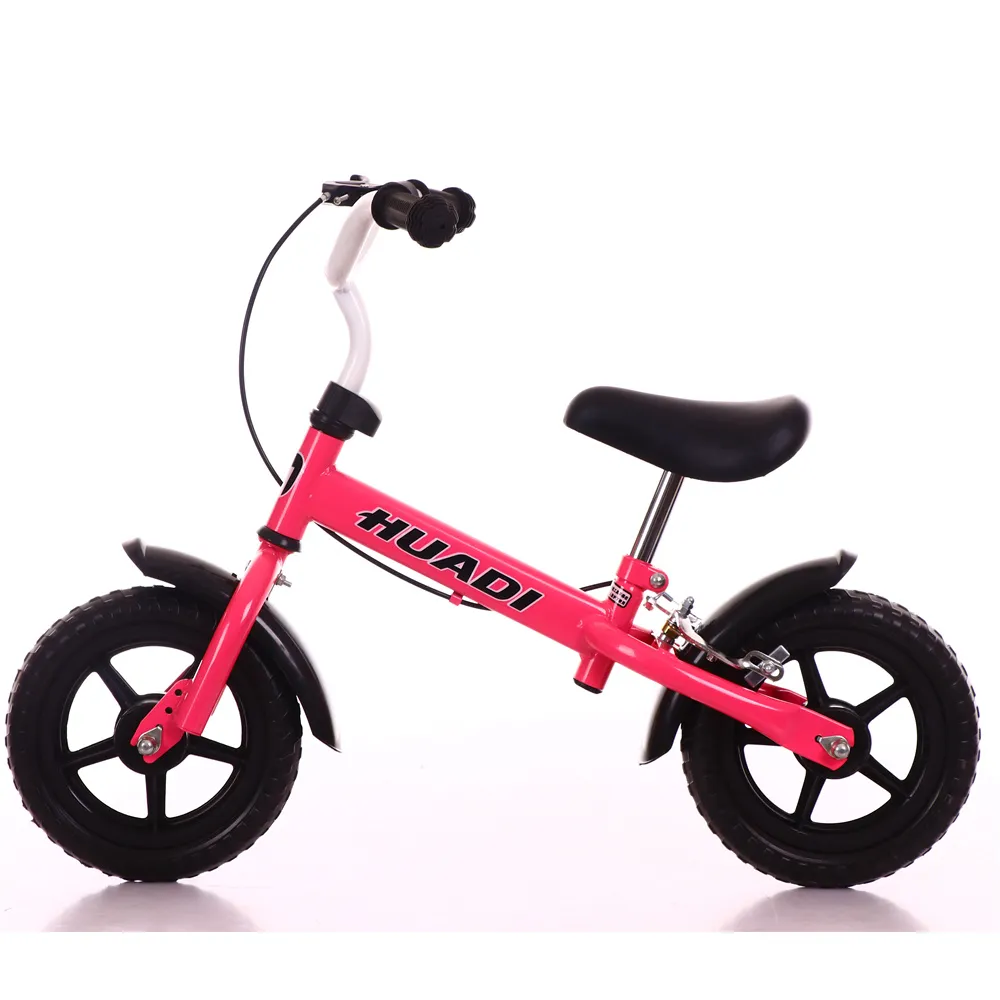all types of mountain bikes
All Types of Mountain Bikes A Comprehensive Guide
Mountain biking is an exhilarating sport that offers a unique way to explore rugged trails, navigate through challenging terrains, and enjoy the great outdoors. With the evolution of mountain biking over the years, different types of mountain bikes have been designed to cater to various riding styles and preferences. In this article, we will delve into the different types of mountain bikes, highlighting their features, purposes, and the environments they are best suited for.
1. Hardtail Mountain Bikes
Hardtail mountain bikes are characterized by their front suspension and a rigid rear end. These bikes are ideal for cross-country riding and are popular among beginners due to their simplicity and lower maintenance costs. The absence of a rear shock makes hardtails lighter and more efficient for climbing, making them a favorite for riders who enjoy long-distance rides on smooth to moderately rough terrain. Many hardtail models come equipped with wider tires to enhance traction on varied surfaces.
2. Full Suspension Mountain Bikes
For those who prefer a more comfortable ride, full suspension mountain bikes are the way to go. These bikes feature both front and rear suspension, designed to absorb shocks from rough trails and obstacles. They provide better traction and stability, allowing for greater control on technical descents. Full suspension bikes are categorized into two types trail bikes, which excel in all-around performance for various terrains, and enduro bikes, which are designed for aggressive descents and rougher trails. While they may be heavier and pricier than hardtails, the enhanced comfort and performance they provide are invaluable for serious mountain bikers.
3. Trail Bikes
Trail bikes strike a perfect balance between climbing prowess and descending ability. They typically have moderate suspension travel—generally between 120mm to 150mm—making them versatile for various types of terrain. Trail bikes are designed for a wide range of riders, from those who enjoy spirited rides on challenging trails to those who seek a more laid-back experience in nature. Their geometry allows for responsive handling, which is essential when navigating tight turns or steep descents.
4. Enduro Bikes
all types of mountain bikes

Designed for extreme conditions, enduro bikes are built to tackle the toughest trails. These bikes have longer suspension travel (usually between 150mm to 180mm) to withstand the demands of downhill riding. They are ideal for riders who participate in enduro racing, where bike performance is tested in a timed descent. Enduro bikes generally possess slacker geometries that provide stability at high speeds, making them perfect for rough terrains and steep descents.
5. Downhill Bikes
As the name suggests, downhill bikes are engineered specifically for descending steep and rugged terrains at high speeds. These bikes have the most significant suspension travel—often exceeding 200mm—and are built to handle intense impacts. Downhill bikes are equipped with heavy-duty components to endure the stresses of downhill racing, making them heavier and less efficient for climbing. They are typically used in bike parks or during organized downhill events.
6. Dirt Jump Bikes
Dirt jump bikes are compact and designed for performing tricks and jumps on dirt trails and skate parks. They feature a single gear, a sturdy frame, and are often equipped with a short travel suspension or a rigid setup for durability and responsiveness during jumps. These bikes are surprisingly lightweight, allowing riders to execute aerial maneuvers with ease. Dirt jump bikes cater primarily to riders looking to hone their skills in freestyle riding.
7. Fat Bikes
Fat bikes are specially designed with oversized tires, typically 3.8 inches or wider, making them ideal for riding on soft surfaces like sand and snow. The larger tires provide better flotation and traction, allowing riders to explore terrains where standard mountain bikes would struggle. Fat biking has gained popularity in recent years, expanding the opportunities for riders to enjoy their favorite sport throughout the year, regardless of the season.
Conclusion
Mountain biking is an adventurous and versatile sport, and understanding the various types of mountain bikes can greatly enhance your riding experience. Each type of bike is crafted to serve specific purposes and caters to different riding styles, from casual trail riding to extreme downhill racing. Whether you're a newcomer to the sport or a seasoned rider looking to upgrade your gear, there is a mountain bike that fits your needs perfectly. Choosing the right bike will not only improve your performance but also make your biking experiences more enjoyable and fulfilling.
-
The Perfect Baby TricycleNewsAug.11,2025
-
Ride into Fun with Bikes for KidsNewsAug.11,2025
-
Ride into Adventure with the Perfect Kids Balance BikeNewsAug.11,2025
-
Fun and Safe Riding with the Best Childrens ScootersNewsAug.11,2025
-
Find the Perfect Childrens Bike for Your Little OneNewsAug.11,2025
-
Explore the Best Baby Tricycles for Your Little OneNewsAug.11,2025
-
Three-Wheel Light-Up Scooter Benefits for KidsNewsJul.11,2025








